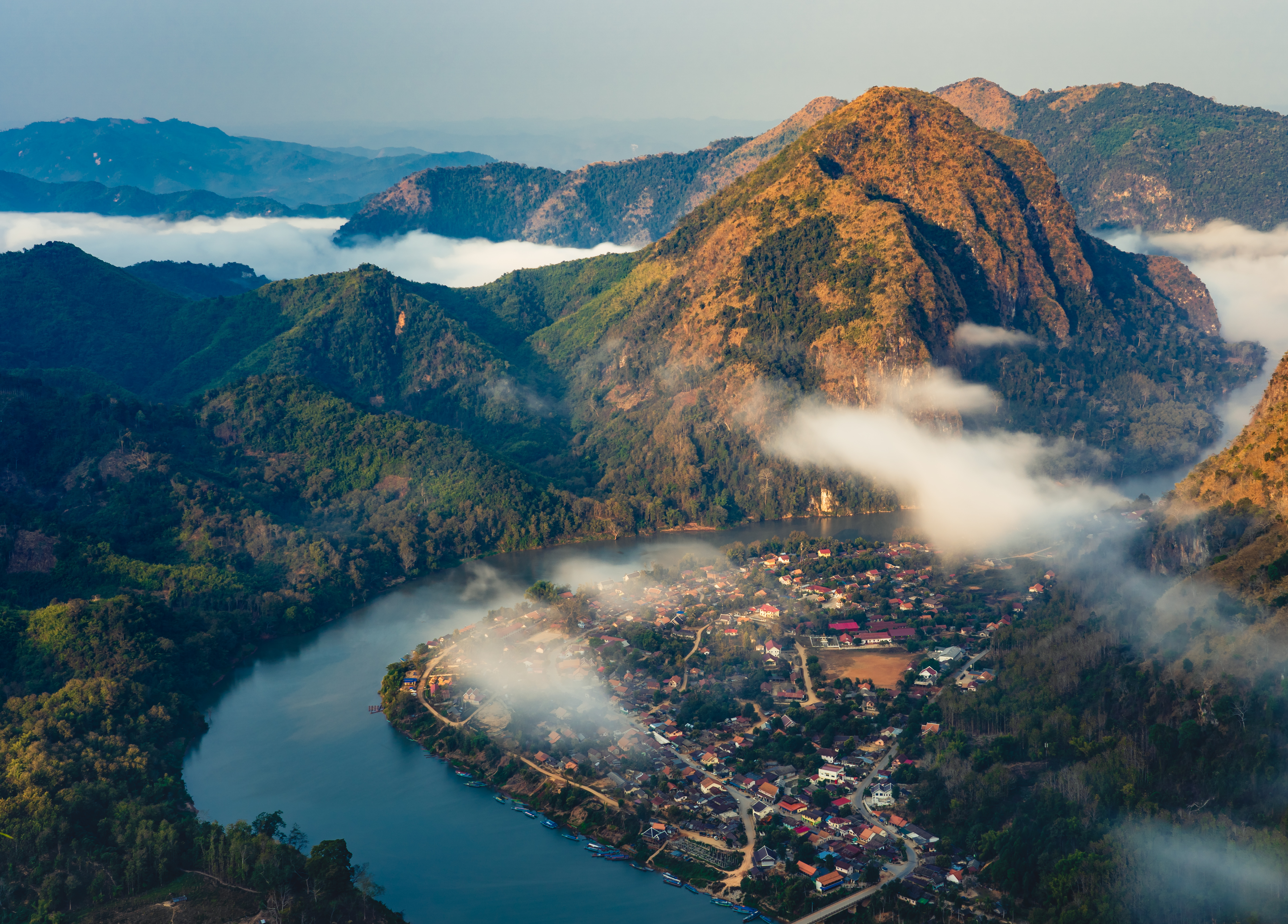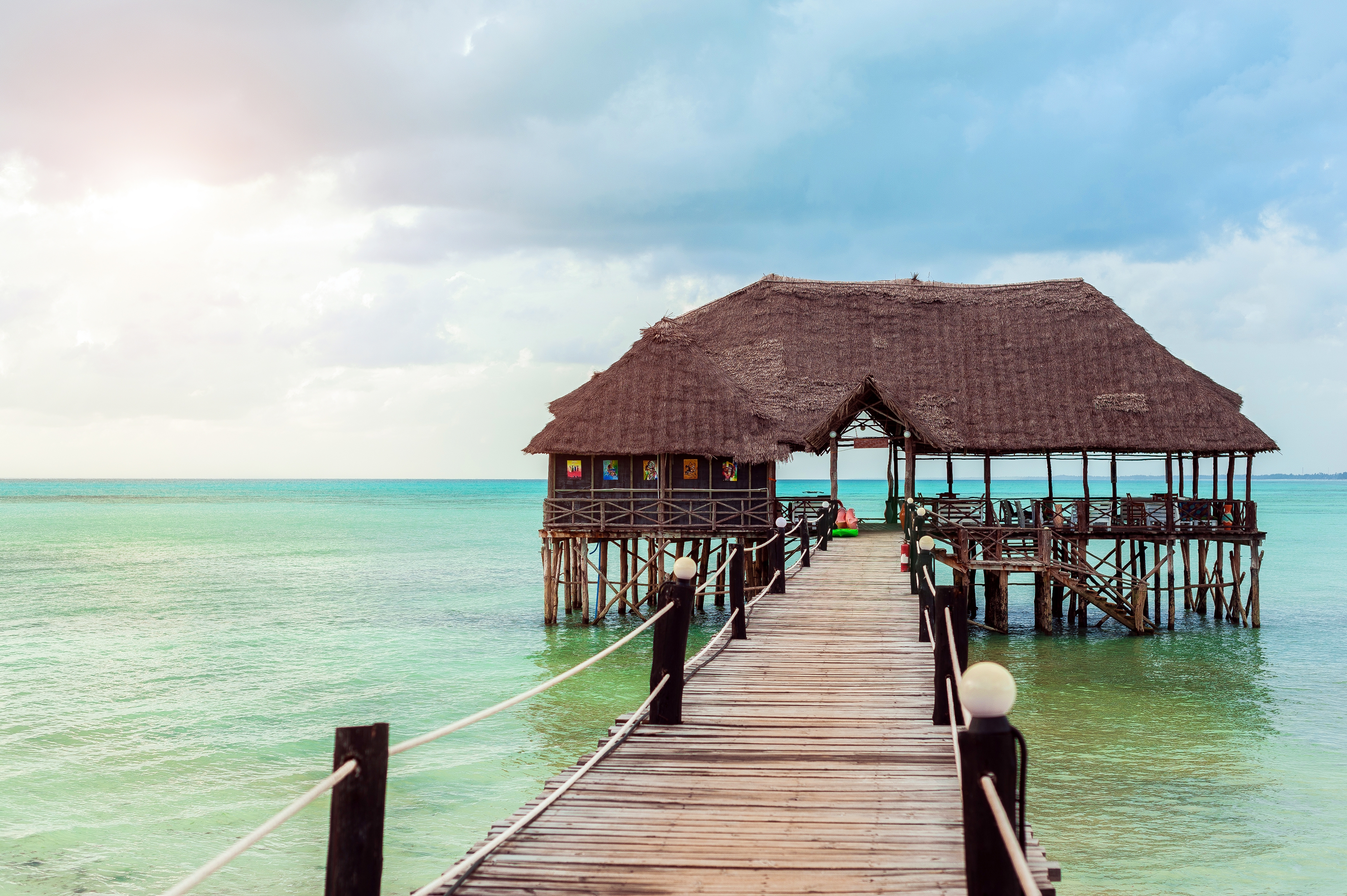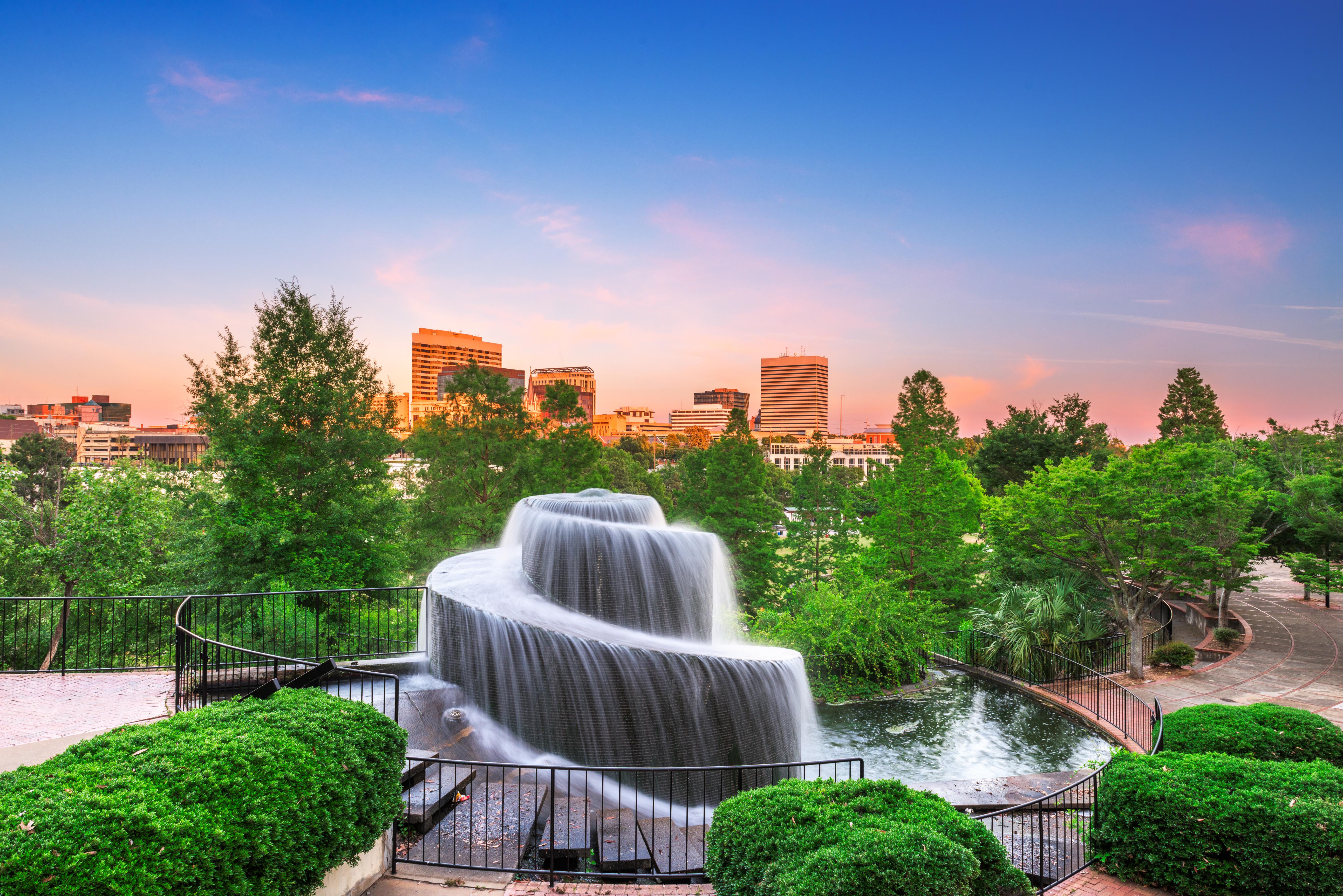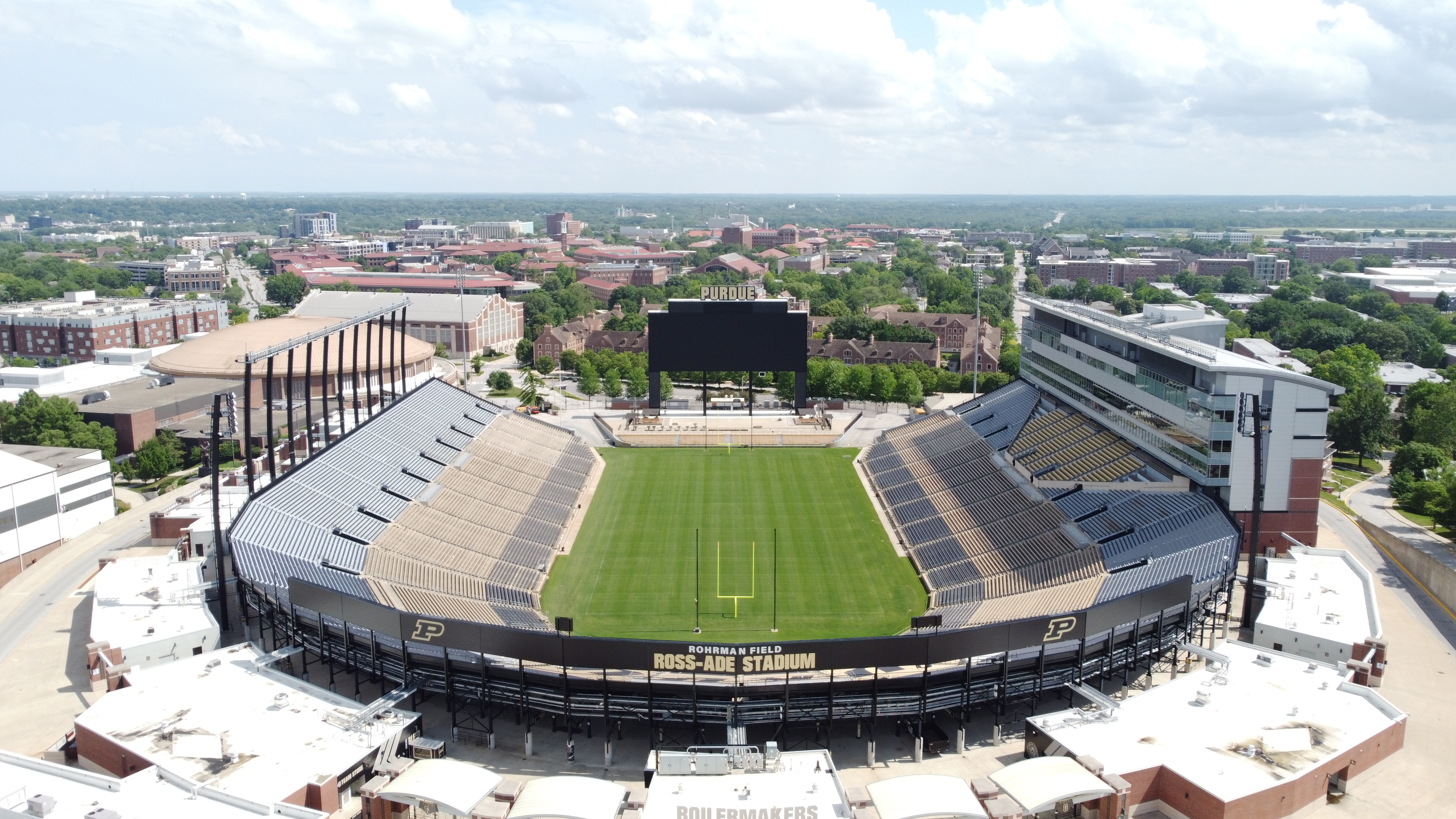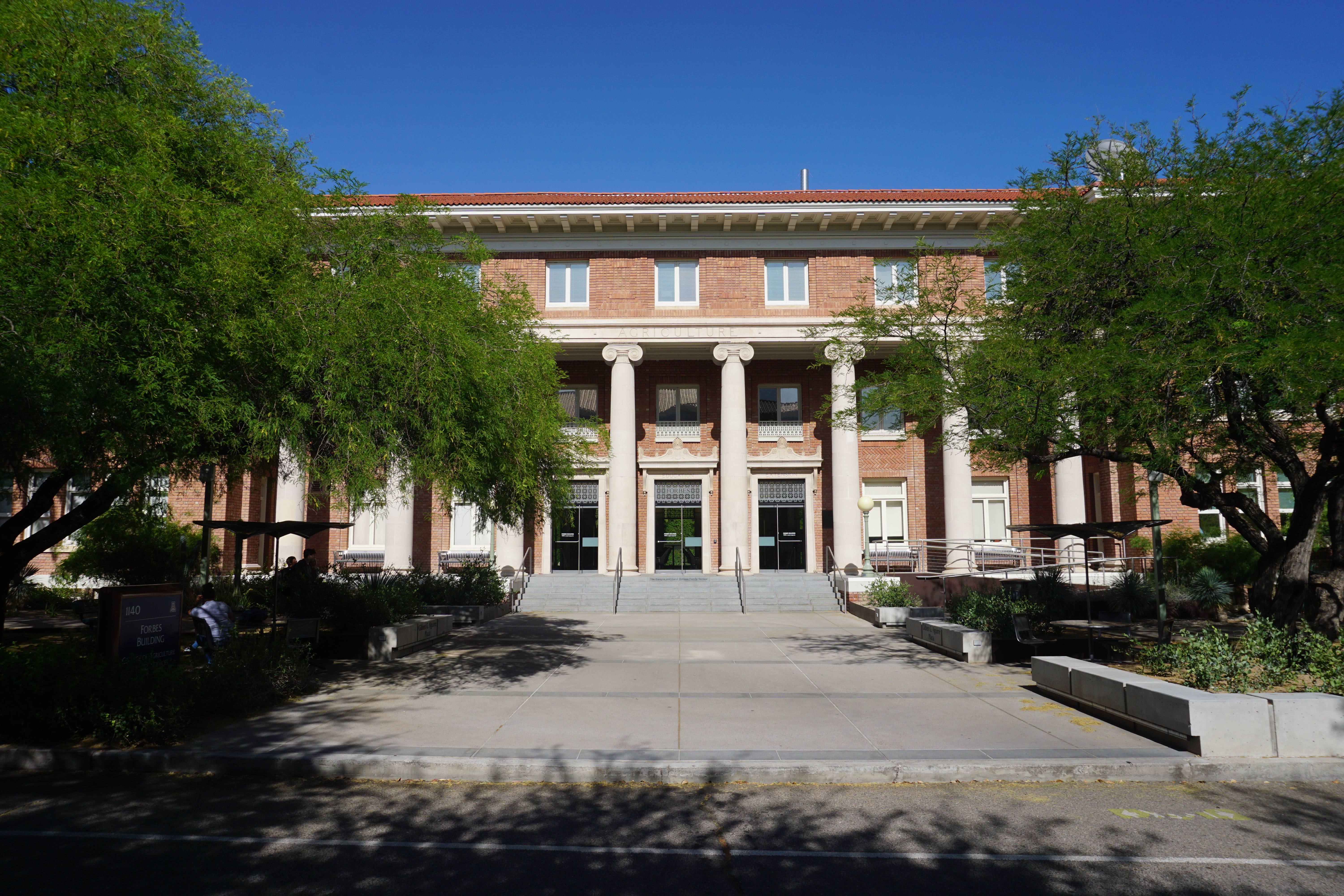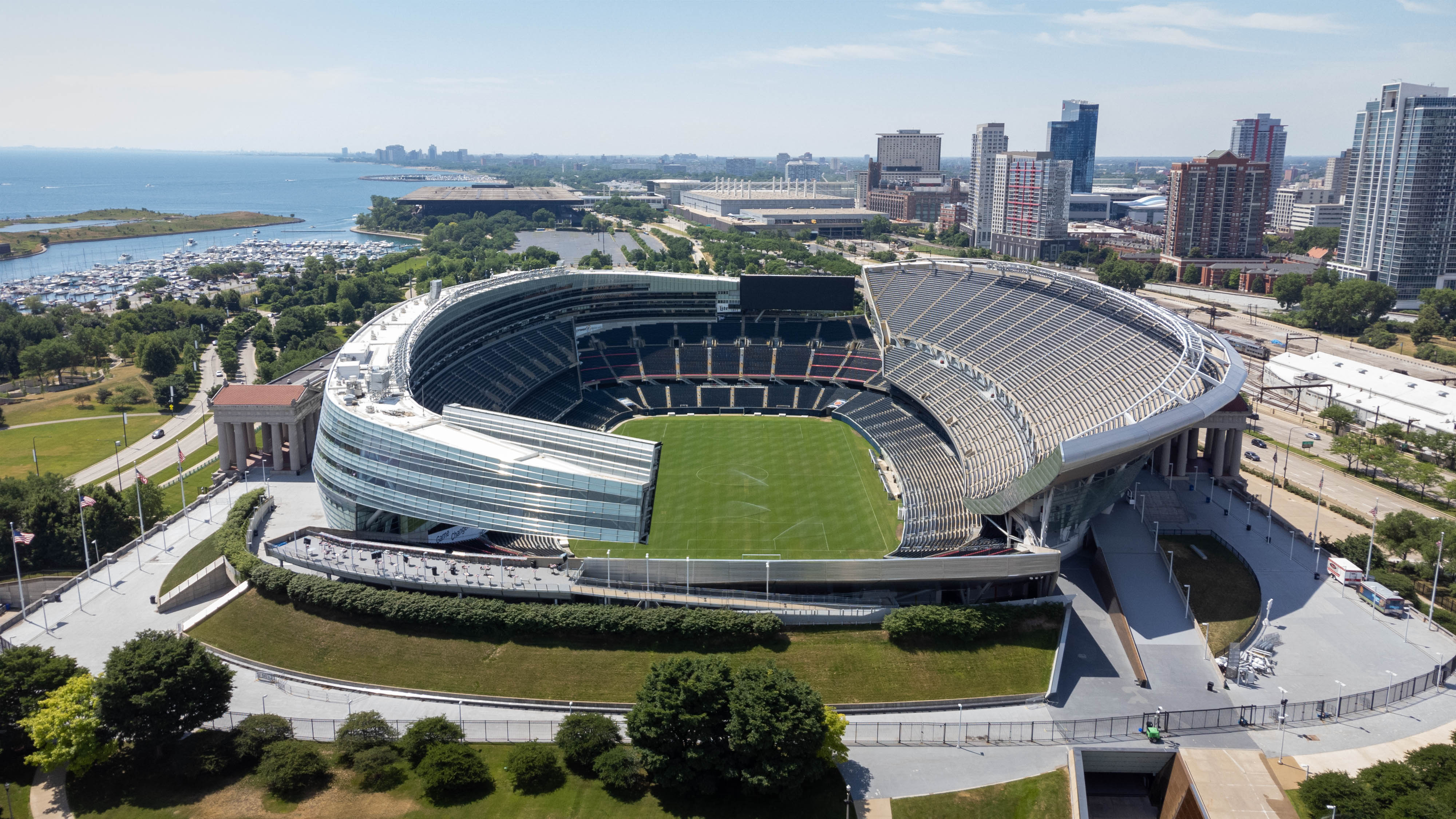10 Cities Where You Can Spot Wildlife Without Leaving Downtown
Urban areas and wildlife may seem like opposites, but some cities around the world offer remarkable examples of how the natural world can coexist with urban life. These cities are home to not just human populations but also an array of wild animals that have adapted to city living, creating unique urban ecosystems. From monkeys climbing skyscrapers to sea lions lounging on docks, these destinations highlight the harmony—and challenges—of wildlife living within bustling metropolises.
1. Cape Town, South Africa: Baboons on the City’s Edge
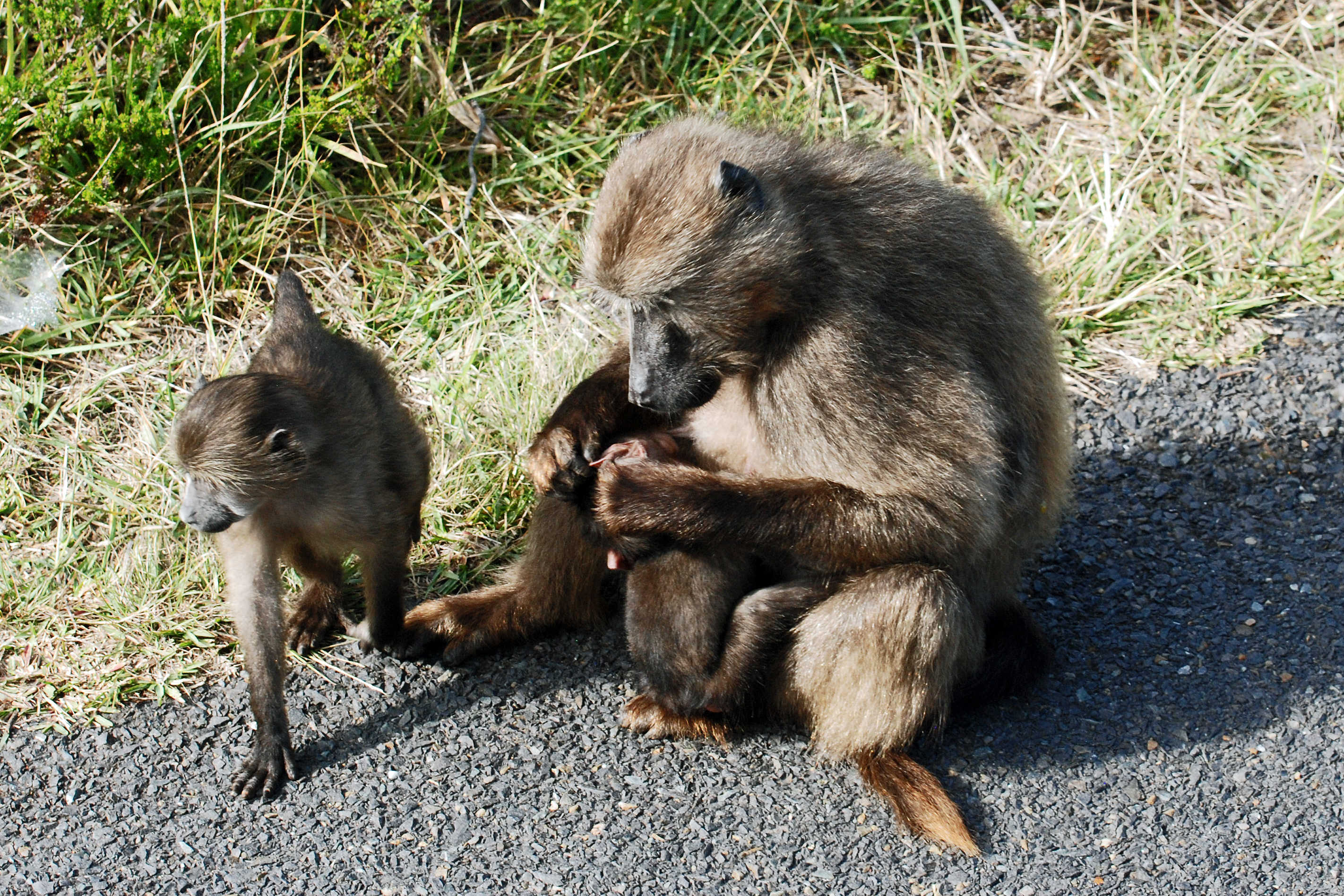
Cape Town is famous for its breathtaking landscapes, but it’s also known for its resident wildlife—most notably the baboons that roam the outskirts of the city. These intelligent primates often venture into suburban neighborhoods near Table Mountain National Park in search of food. While their presence can lead to conflict, conservation groups are working to educate residents on living alongside baboons responsibly. Visitors can also encounter Cape Town’s other wildlife, such as penguins at Boulders Beach and elands in the Cape Point Reserve. The city’s unique biodiversity and proximity to nature make it a top destination for witnessing wild animals thriving near urban spaces.
2. Tokyo, Japan: The Tanuki's Secret Urban Life
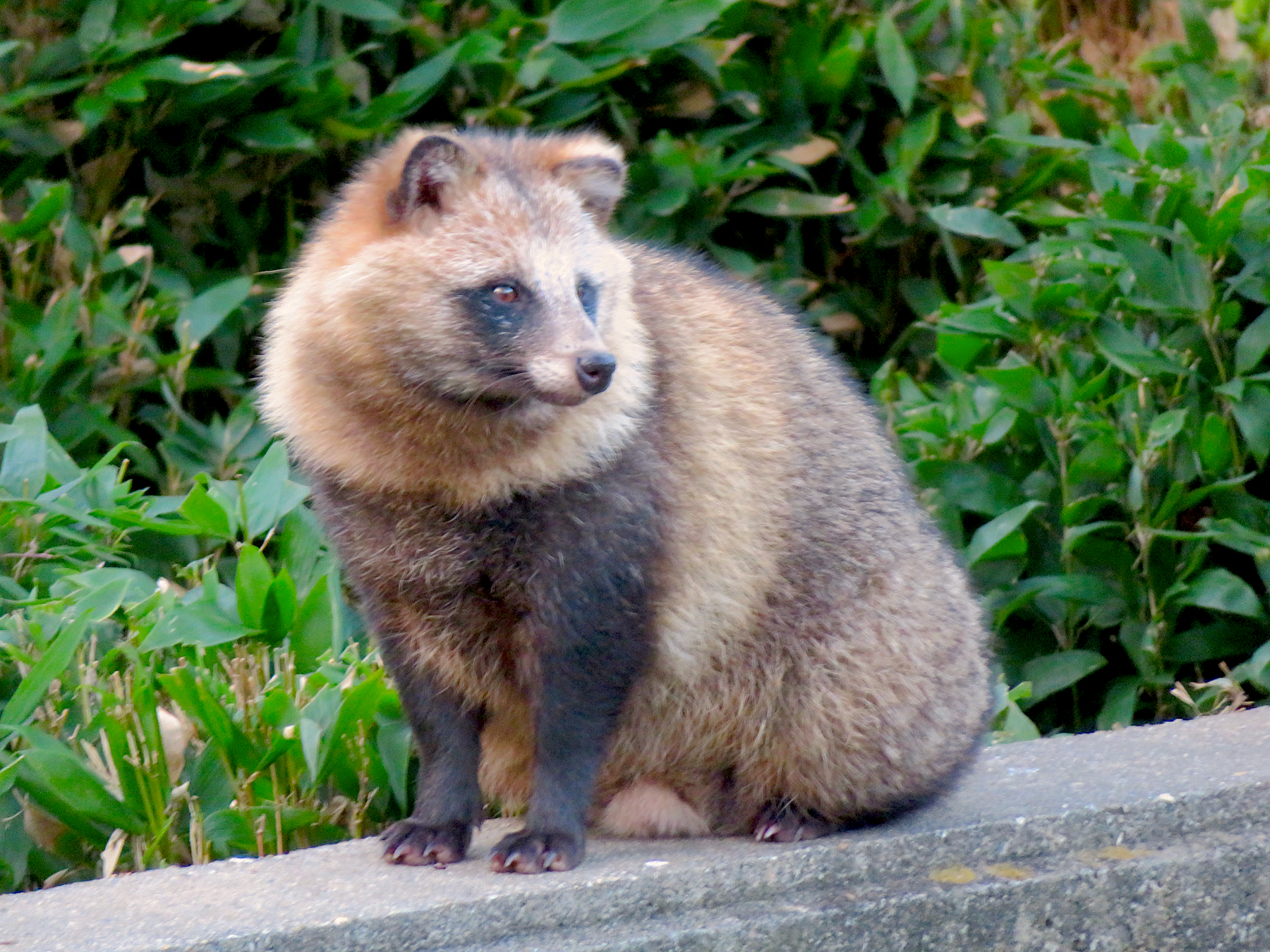
Tokyo may be a concrete jungle, but the elusive tanuki (Japanese raccoon dog) has made the city its home. These nocturnal creatures often roam Tokyo’s parks, temples, and even residential areas under the cover of darkness. Known for their mythical status in Japanese folklore, tanukis are real-life survivors, adapting well to urban environments. In addition to tanukis, Tokyo’s Ueno Park is home to a thriving bird population, including herons and kingfishers. The harmonious blend of wildlife and urban culture in Tokyo makes it an intriguing city for animal enthusiasts.
3. Singapore: Otters on the Waterfront
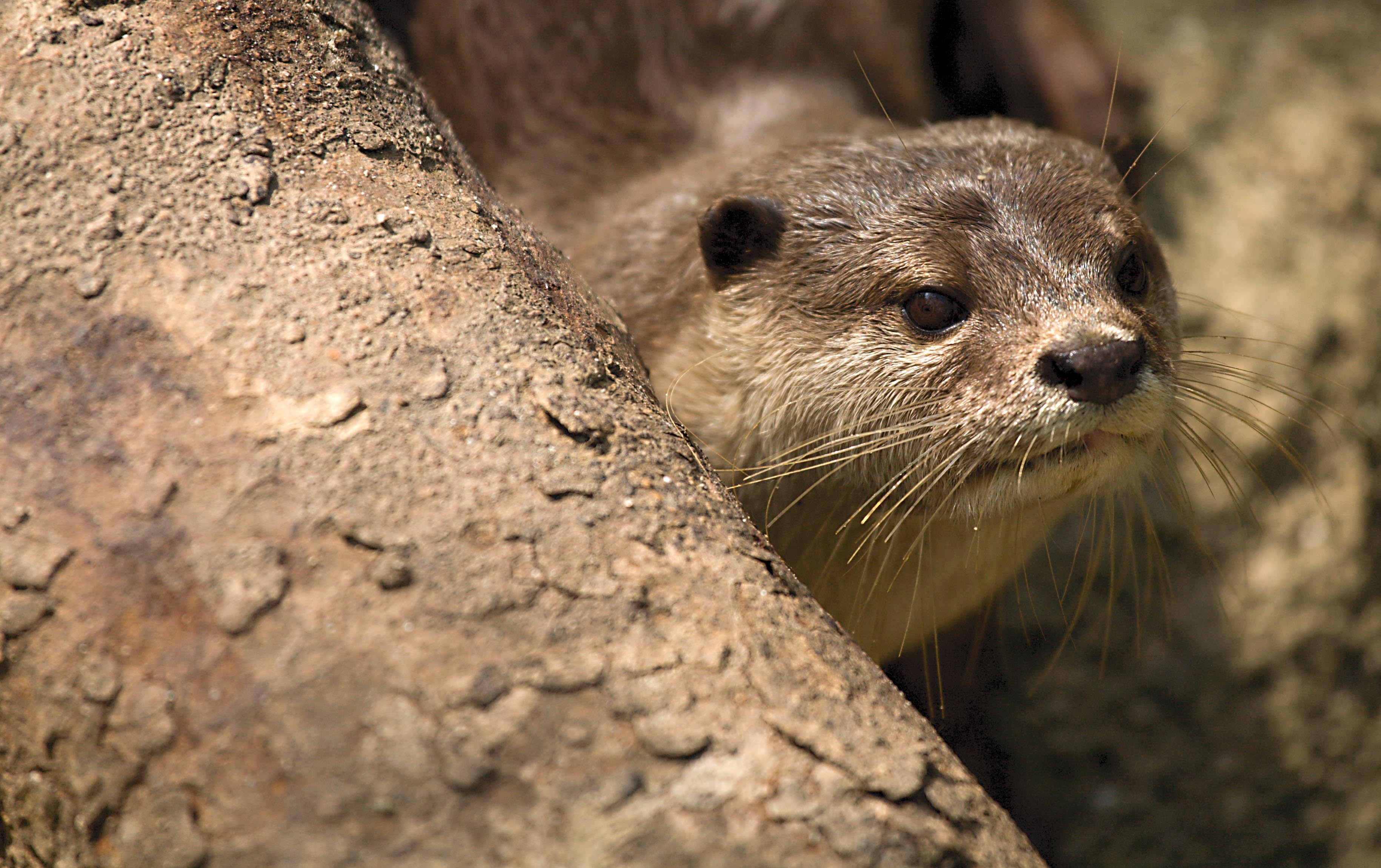
Singapore’s Marina Bay Sands area isn’t just a playground for humans—it’s also home to smooth-coated otters that have taken up residence in the city-state’s waterways. These charismatic animals have captured the hearts of locals and tourists alike, often seen playing or fishing near the waterfront. Singapore’s efforts to integrate green spaces, like Gardens by the Bay and the Singapore Botanic Gardens, ensure wildlife can thrive alongside urban development. The city’s otters have become an unexpected symbol of successful urban conservation.
4. Mumbai, India: Leopards in the Suburbs
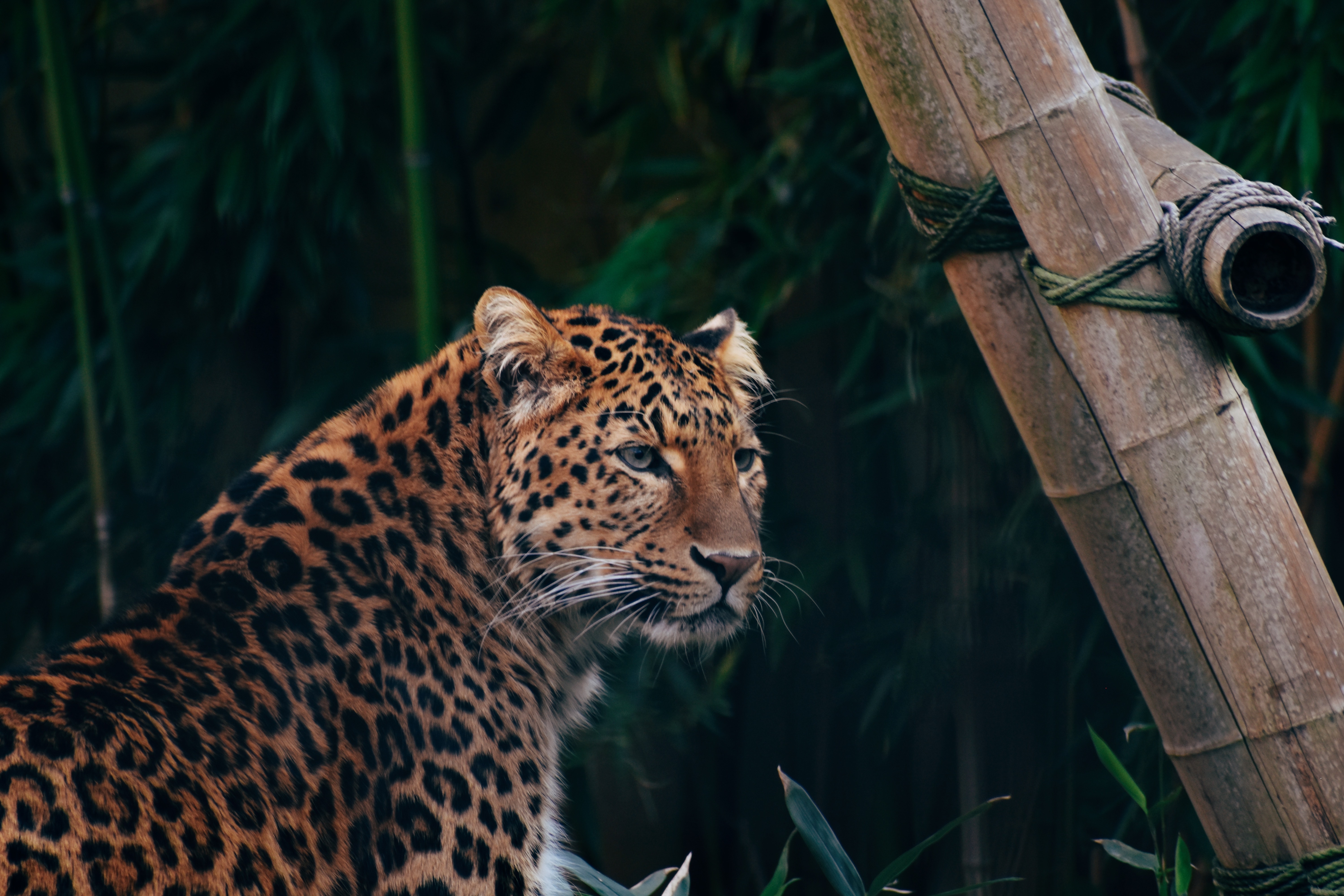
One of the most startling examples of wildlife coexisting with humans can be found in Mumbai, where leopards roam the outskirts of the city, particularly in and around Sanjay Gandhi National Park. This protected area is located within the city limits and provides a sanctuary for these big cats as well as deer, monkeys, and hundreds of bird species. Conservationists in Mumbai are working to mitigate human-leopard conflict through education and initiatives that promote safe coexistence. The presence of leopards in one of the world’s busiest cities is a reminder of the delicate balance between urban expansion and wildlife preservation.
5. Vancouver, Canada: Bald Eagles in the City
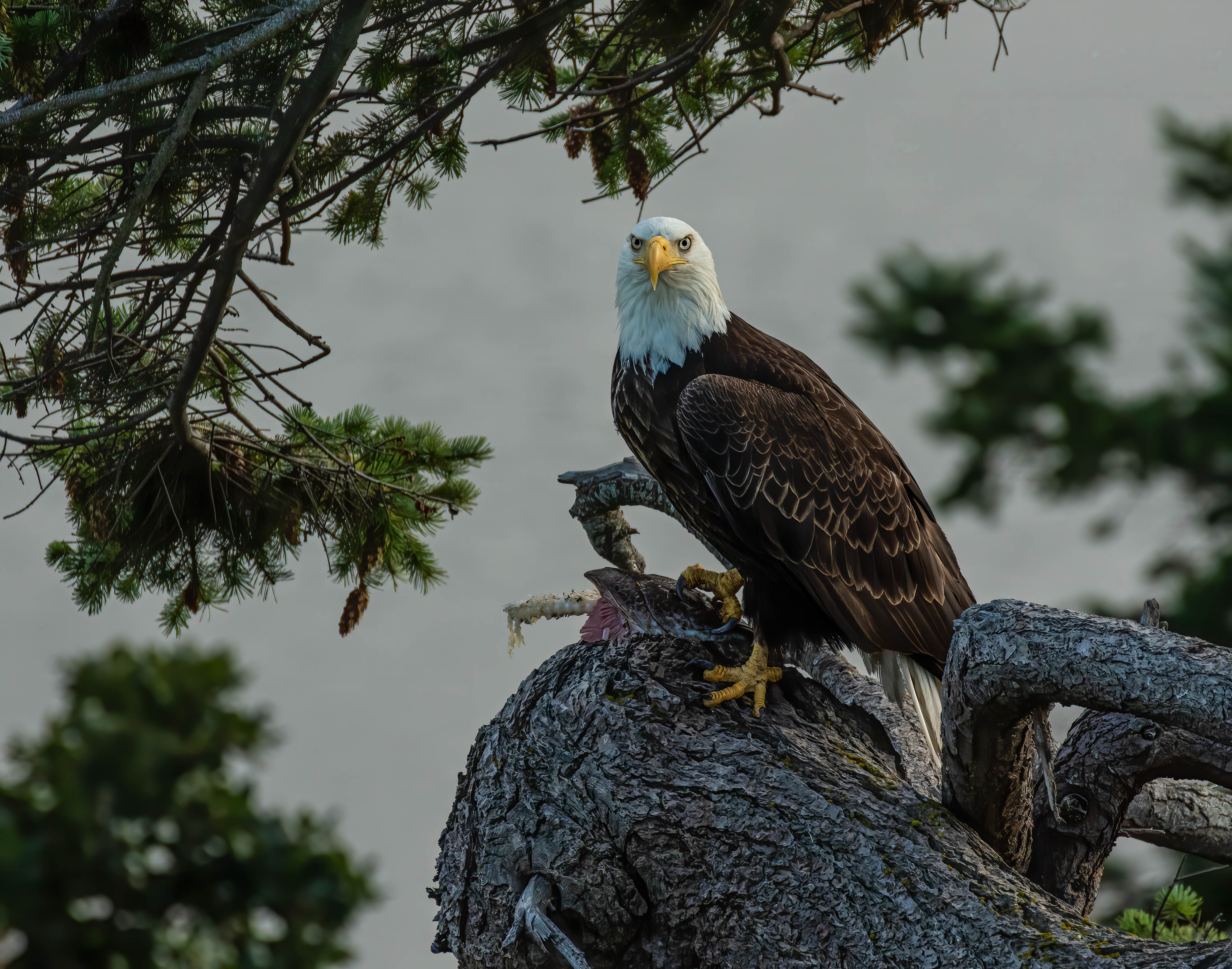
Vancouver, known for its stunning natural surroundings, is also home to an impressive population of bald eagles. These majestic birds can often be spotted nesting in trees along the coastline or soaring over urban neighborhoods. Stanley Park, a 1,000-acre green space in the heart of the city, serves as a refuge for eagles, raccoons, and beavers. The city’s dedication to preserving its natural heritage has made it a model for urban wildlife coexistence, allowing residents to enjoy encounters with wild animals while living in a bustling metropolis.
6. Rio de Janeiro, Brazil: Monkeys in the Urban Rainforest
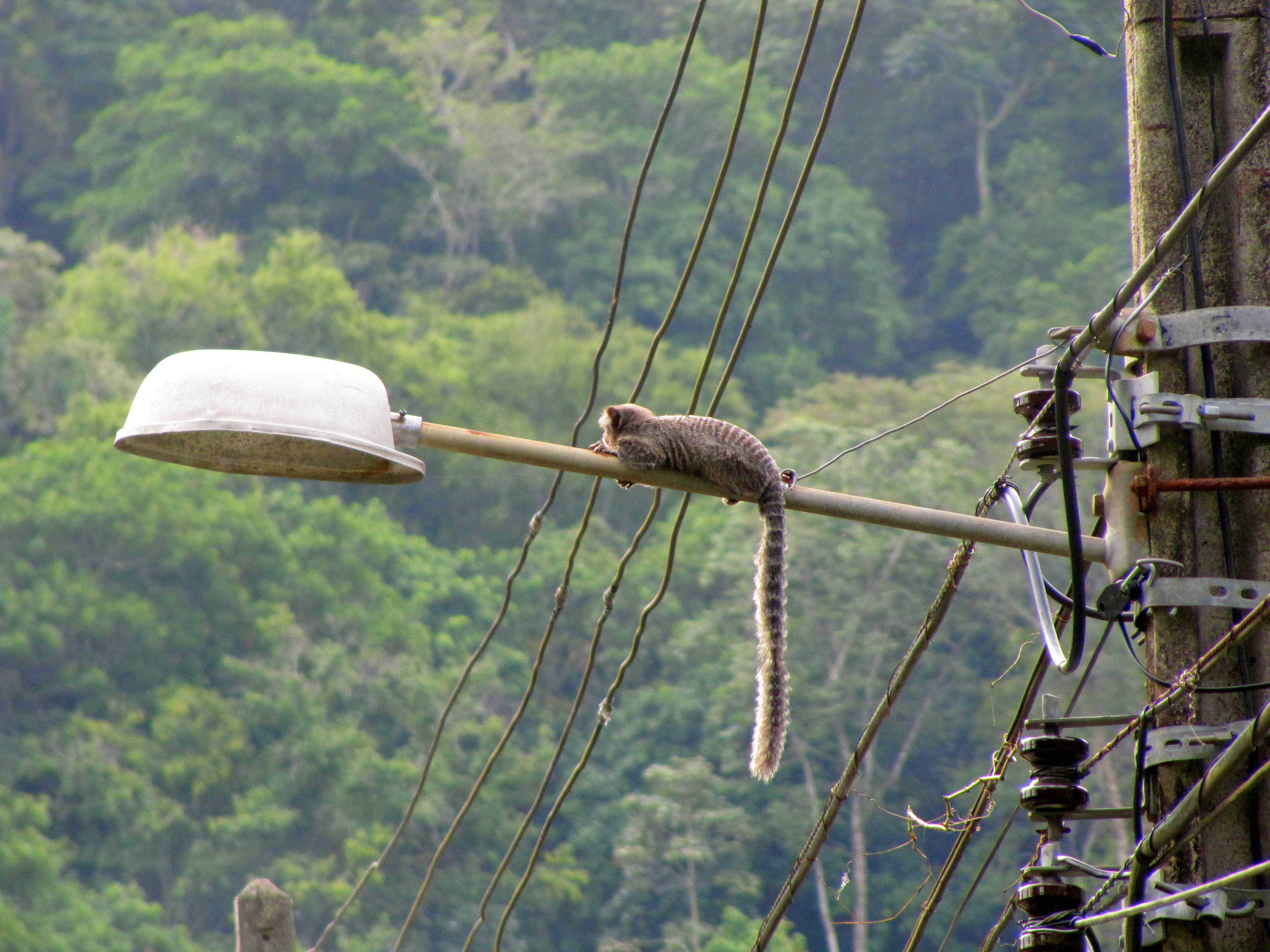
In Rio de Janeiro, wildlife and urban life blend seamlessly, especially in Tijuca National Park, the largest urban rainforest in the world. The park is home to capuchin monkeys, toucans, and sloths, all of which can be spotted just a short distance from the city center. Rio’s sprawling forests provide vital habitat for these creatures, but they also highlight the challenges of balancing conservation with urban expansion. For visitors, exploring Tijuca offers a chance to see how a city can maintain its wild side while fostering biodiversity.
7. London, England: Foxes on Every Corner
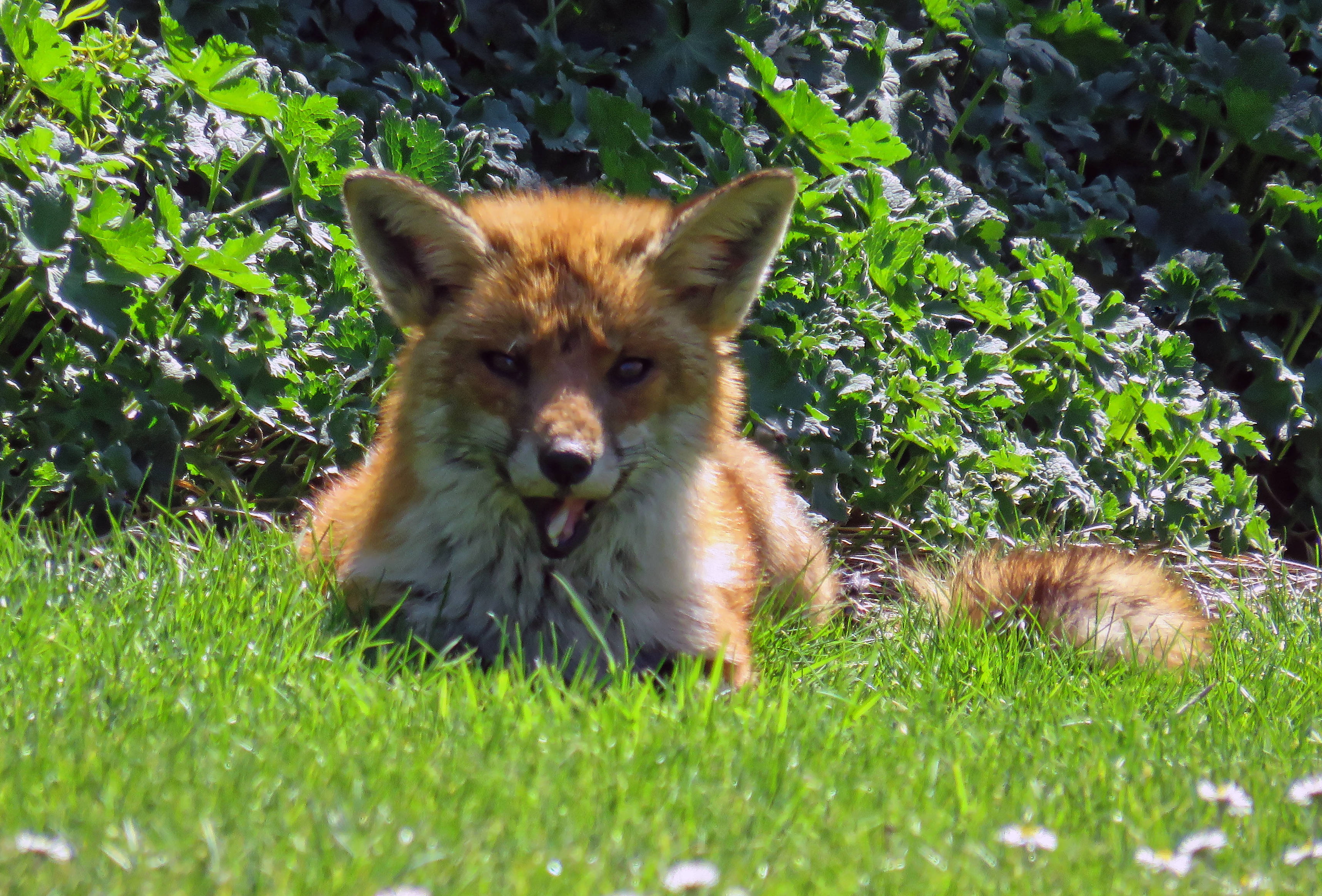
In London, red foxes have become an iconic part of the city’s wildlife. These adaptable animals can be seen scavenging in urban neighborhoods, lounging in backyards, or darting across streets at night. While some Londoners view them as pests, many appreciate their resilience and charm. Beyond foxes, parks like Hampstead Heath and Richmond Park host deer, hedgehogs, and countless bird species, making London a surprising haven for urban wildlife. The city’s green spaces provide critical refuges for animals amid the urban sprawl.
8. Sydney, Australia: Flying Foxes in the Gardens
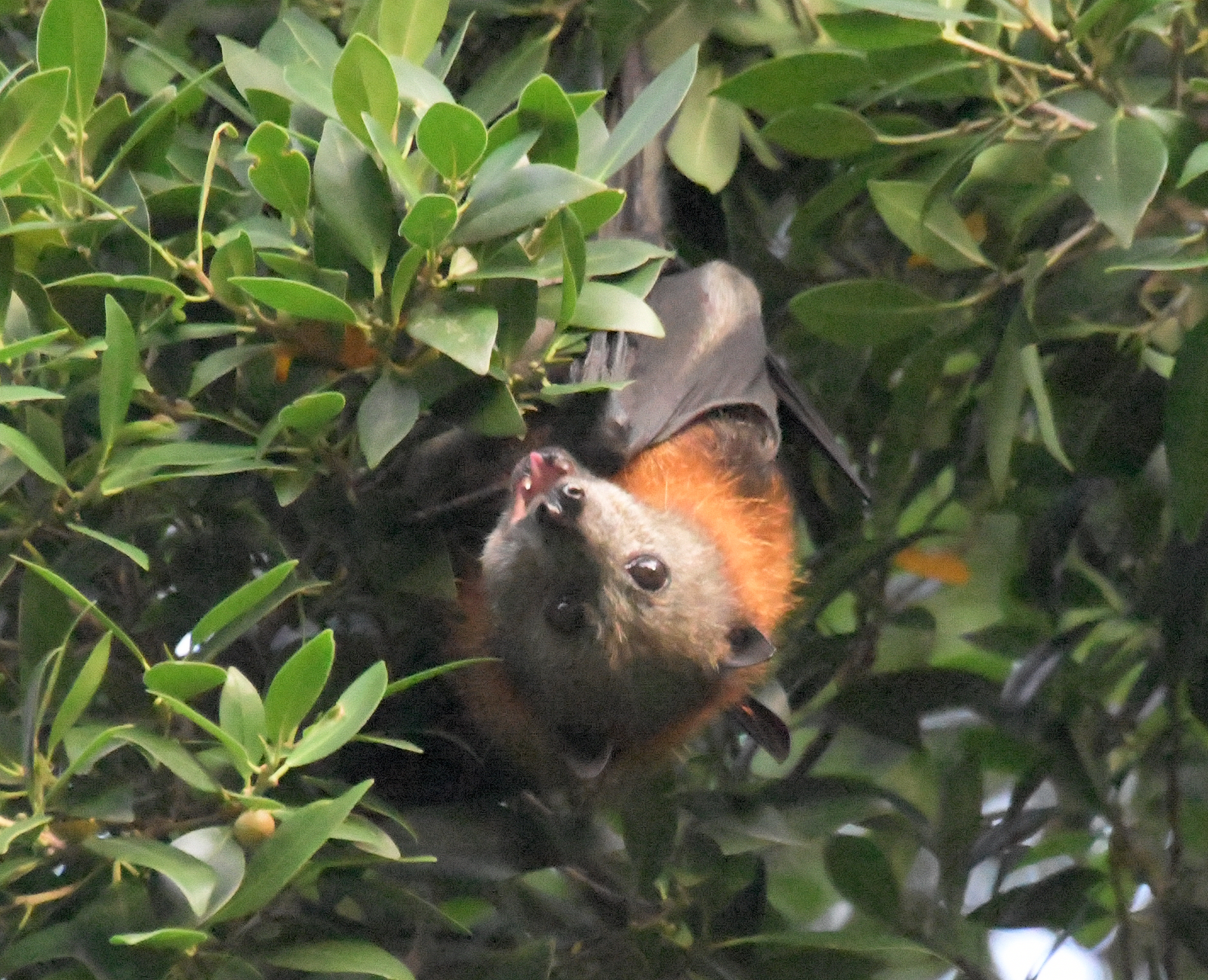
Sydney’s Royal Botanic Garden is not only a beautiful escape for humans but also a roosting site for thousands of flying foxes, a type of large fruit bat. These nocturnal creatures play a vital role in pollination and seed dispersal, but their presence has sparked debates about balancing conservation with the needs of urban development. Visitors to Sydney can also encounter ibis birds, kangaroos in nearby suburbs, and even dolphins in the harbor. Sydney’s unique wildlife showcases Australia’s extraordinary biodiversity, even in its cities.
9. Berlin, Germany: Wild Boars in the Suburbs
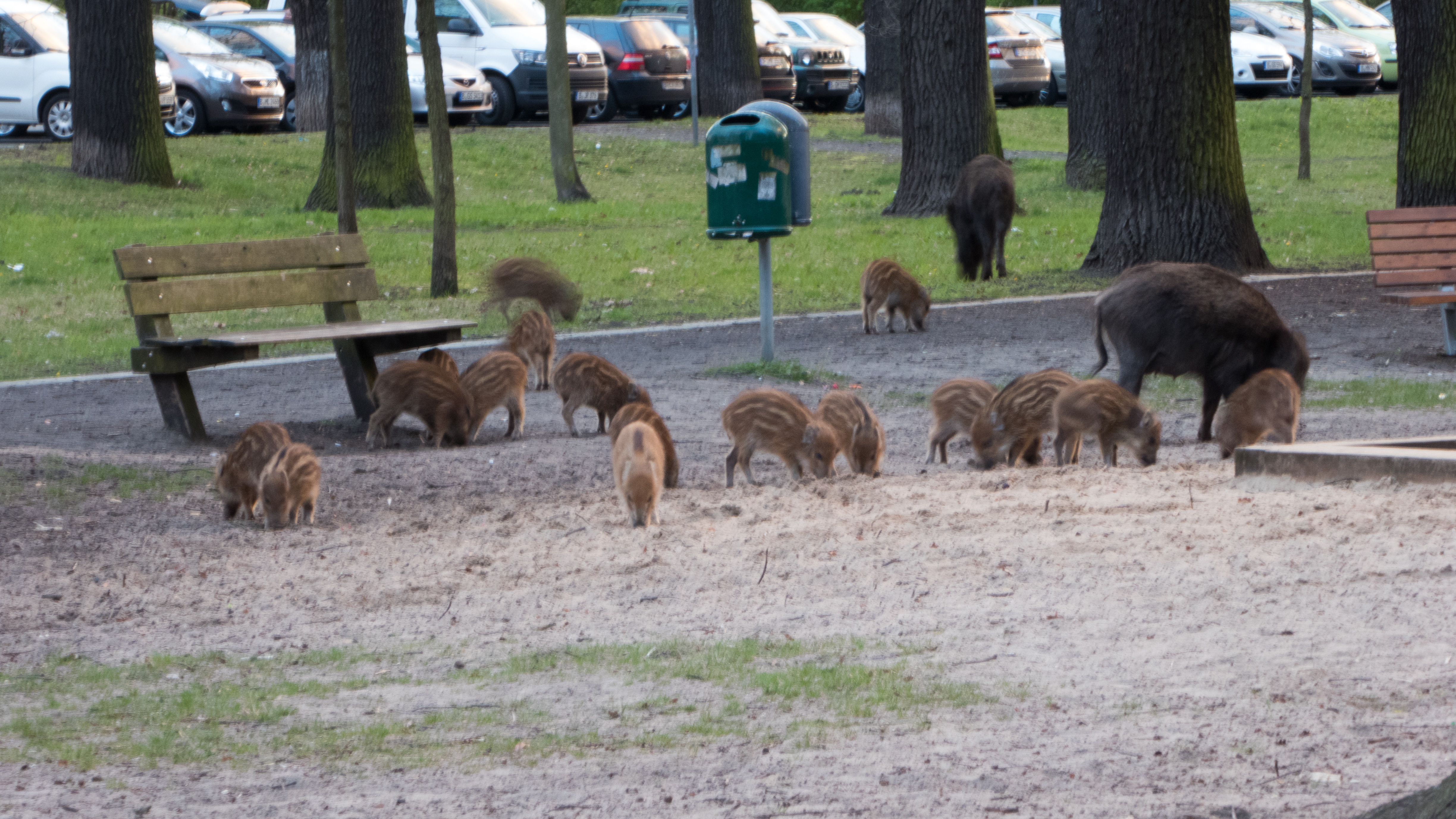
Berlin’s Tiergarten Park is home to a variety of wildlife, but it’s the city’s outskirts that have become famous for their wild boars. These animals often wander into suburban areas, scavenging for food and occasionally causing chaos. Despite the challenges, Berliners have learned to coexist with their porcine neighbors. The city’s efforts to preserve green spaces and its proximity to forests make Berlin a fascinating example of urban wildlife integration. Visitors can enjoy watching deer and birds in the Tiergarten while knowing that wilder creatures are never far away.
10. San Francisco, USA: Sea Lions on the Piers
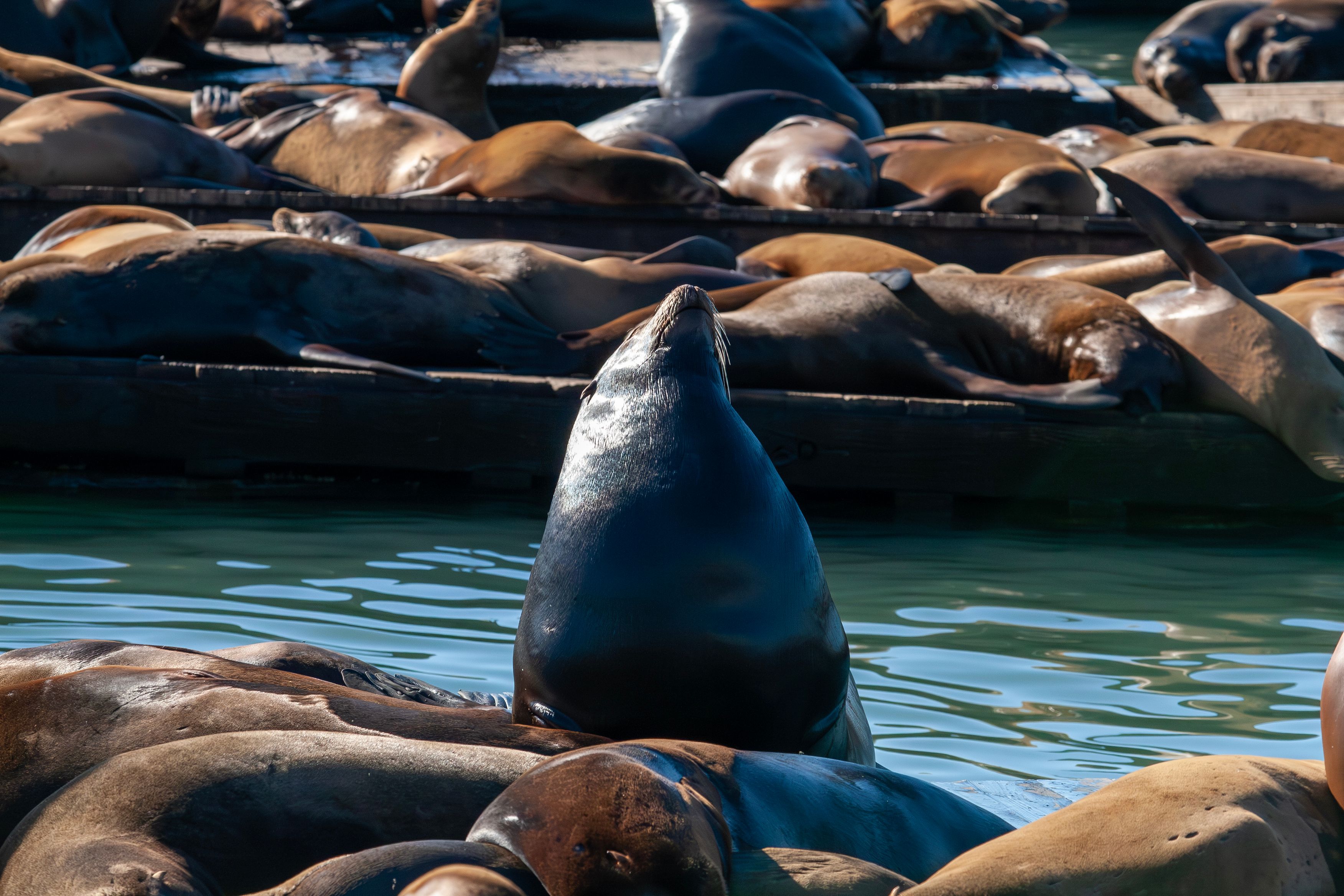
San Francisco’s Pier 39 is world-famous for its resident sea lions, which have turned the city’s docks into their own sunbathing paradise. These playful marine mammals first arrived in the late 1980s and have been a beloved attraction ever since. Beyond the sea lions, San Francisco Bay is home to dolphins, seals, and even the occasional humpback whale. The city’s commitment to protecting its coastal ecosystems ensures these animals can thrive in a heavily urbanized environment.
Wild Cities, Wild Hearts
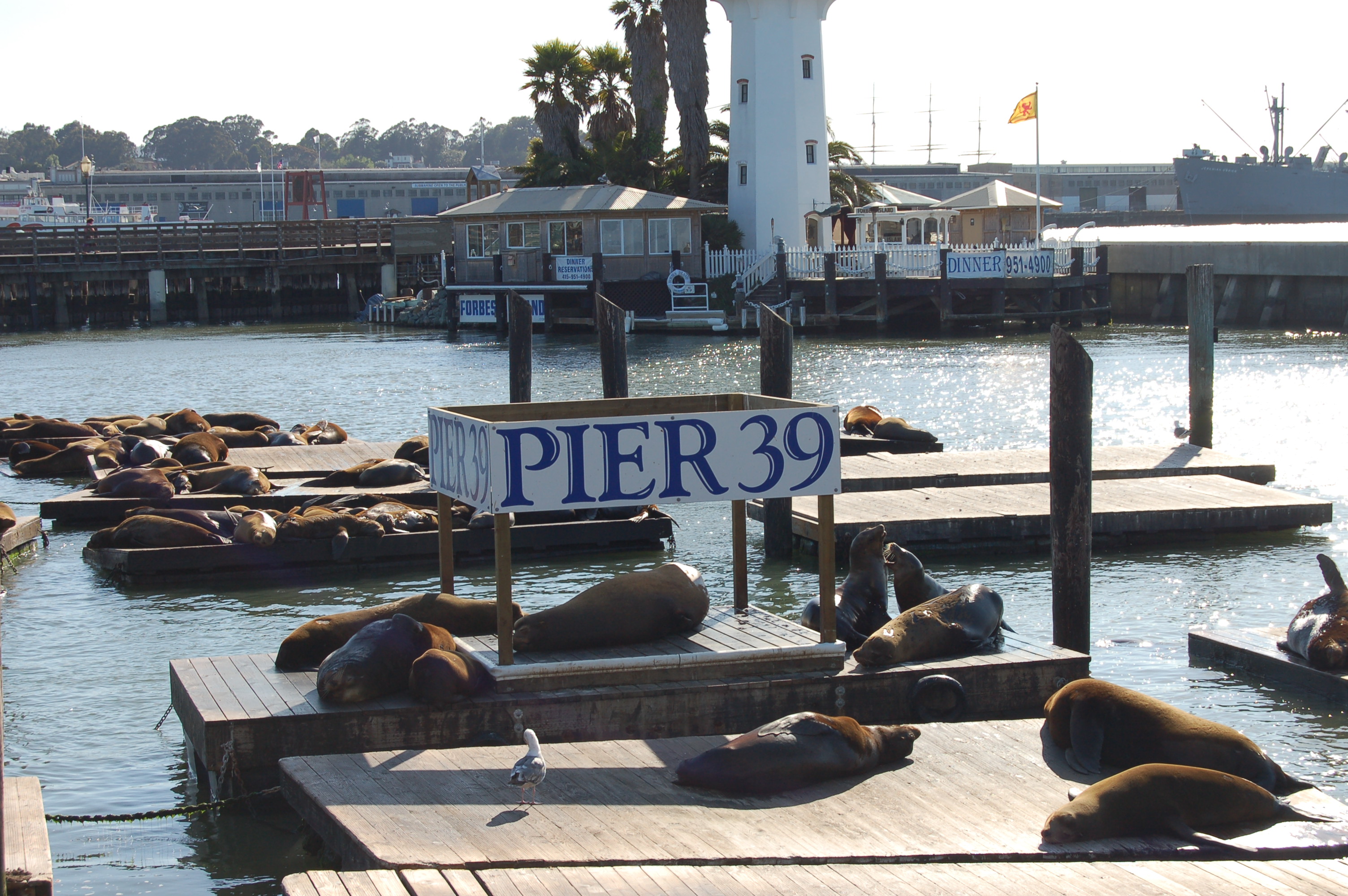
These 10 cities remind us that even in the most urbanized environments, nature finds a way to coexist. From leopards in Mumbai to sea lions in San Francisco, each destination offers a unique glimpse into the resilience and adaptability of wildlife. As urbanization continues to reshape our world, these cities highlight the importance of preserving habitats and promoting harmonious coexistence. For animal lovers, exploring these wild urban landscapes offers not just memorable encounters but also hope for a future where cities and nature can thrive together.

